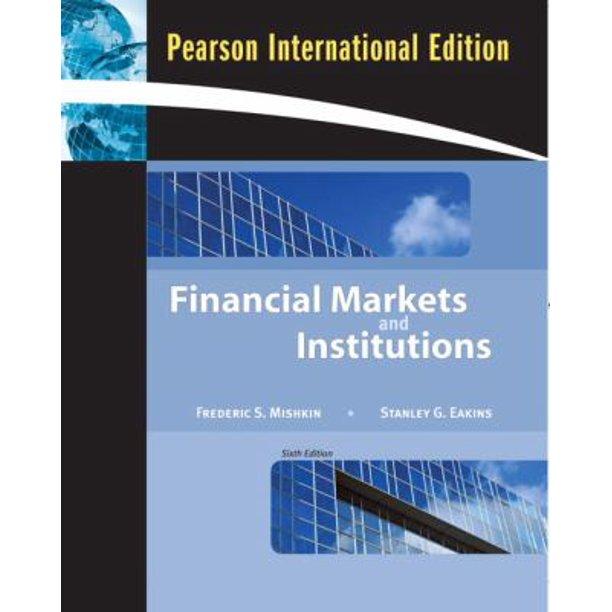Document4 Mailings Review View Picture Format AaBbCcDdEe AaBbCcDdEe AaBbCcDc Heading 1Heading 2 ting assigned by Standard & Poor's for debt obligations and strong capacity to pay principal and interest. Bonds rated AA aiso quality as high-quality is very strong, in the majority of instances, they differ from AAA issues only by a small eeree Bonds rated A have a strong capacity to pay principal and interest, althought debt obligations. Their capacity to pay principat and interest hey are somewhat more in circumstances and economle interest. Whereas Bonds rated BBB are regarded as having an adequate capacity to pay principal and exhibit adequate protection parameters, adverse economie conditions or changing ircum- stances are more likely to lead to a weakened capacity to pay principai and interest for bonds in this category than for bonds in the A category Bonds rated BB. B. , and CC are regarded, on balance, as predominantly speculativo with respect to the issuer's capacity to pay interest and repay principal in accordance with the terms of the obligation. BB indicates the lowest degree of speculation and CC the highest. Although such bonds will likely have some quality and protective characteristics, these are outweighed by large uncertainties or major risk The rating C is reserved for income bonds on which no interest is being paid Bonds rated D are in default, and payment of principal and/or interest is in arrears -) or Minus (-. To provide more detailed indications of credit quality. the ratings from AA to BB may be by the addition of a plus or minus sign to show relative standing within the major rating categories. Reviewing Table 7-1 on page 241 of the textbook, we can see the various ratings given to corporate bonds by Standard & Poor's. AAA is the highest rating. while CC is the lowest of available interest- bearing bonds, C ratings are for income bonds where no interest is paid & a rating of D is provided to bonds in default. Bonds rated BB or lower are considered to be junk bonds, also known as high- yield bonds because of the high interest rates they pay the investor to compensate for increased risk. I would estimate that several factors would need to be present for a smart investor to purchase junk bonds. These include excess available cash to risk, junk bonds with a shorter maturity life, and interest rates much better than offered by companies with higher ratings. What would be a realistic present value cost of a 5-year bond with a 10% coupon rate and B rating







